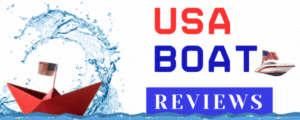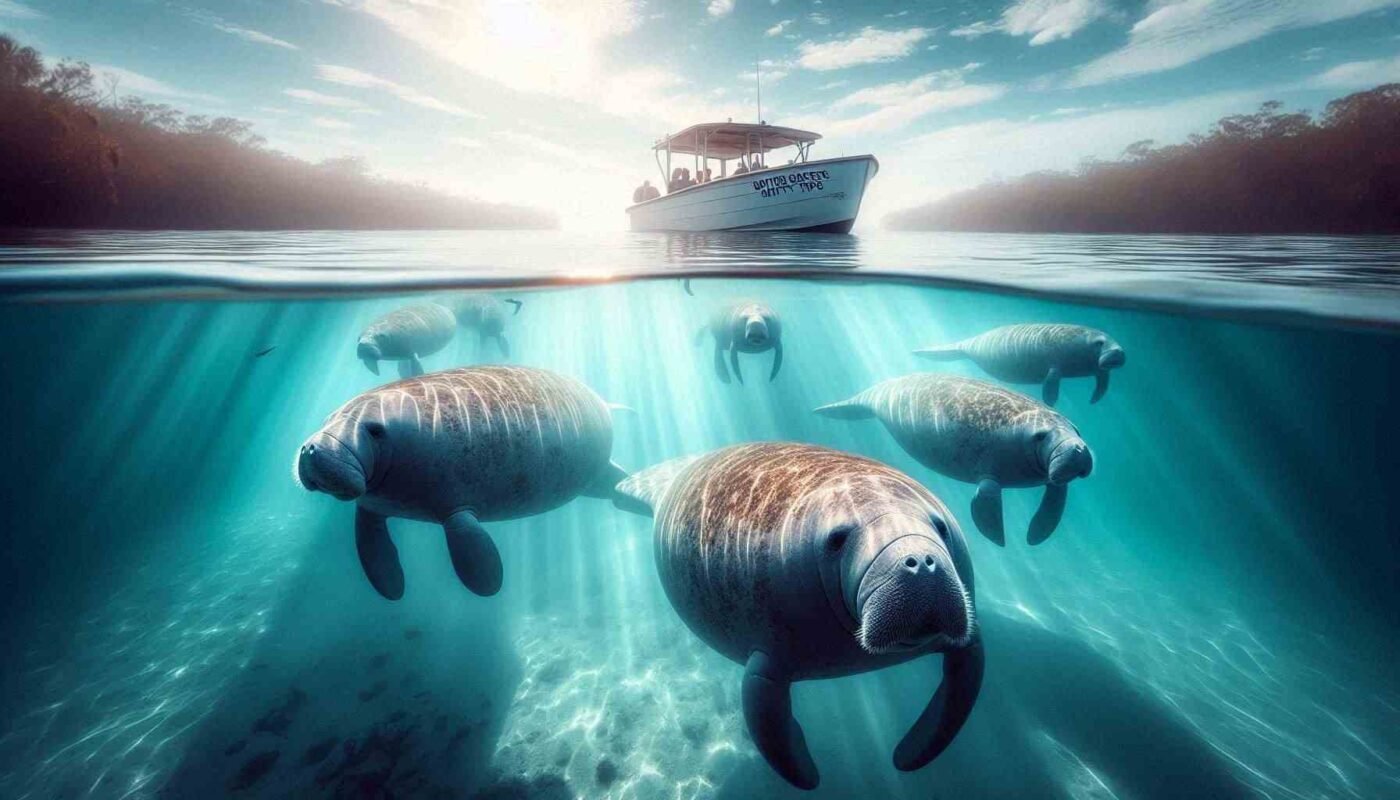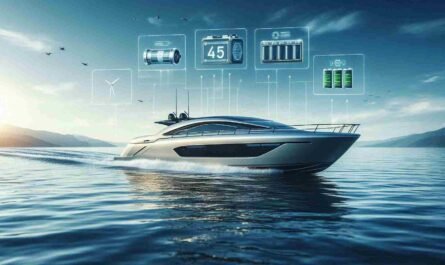Protecting Florida’s Manatees: Boater Safety Tips You Need to Know
Florida’s warm waterways are home to one of the most gentle and beloved aquatic creatures—the Florida manatee. With their slow, peaceful nature and curious personalities, manatees have captured the hearts of locals and tourists alike. But as more boats hit the water every year, these sea cows face increasing risks. Fortunately, if you’re a boater, there are steps you can take to help keep manatees safe.
Let’s dive into why protecting manatees matters and how you can play a part in their survival while enjoying a fun and safe day on the water.
Why Are Florida Manatees in Danger?
Manatees are slow movers. That makes them especially vulnerable to watercraft. In fact, boat strikes are one of the leading causes of manatee injuries and deaths in Florida. When they’re swimming close to the water’s surface or resting in shallow areas, they can be difficult to spot—especially if you’re cruising quickly through the waterways.
Unfortunately, many manatees suffer from severe propeller wounds or are crushed by boats before boaters even realize they were there. And that’s not the only threat: manatees also face challenges like red tide, habitat loss, and cold stress during winter months.
So, How Can Boaters Help Protect Manatees?
Here’s the good news—you can help protect manatees just by being more mindful while boating. Following a few smart and simple boater safety tips can make all the difference.
1. Watch for Manatee Zones
Florida has designated certain areas as “manatee protection zones.” You’ll see signs posted along waterways indicating these zones, which may include:
- Slow speed areas
- No wake zones
- Idle speed only instructions
These aren’t just suggestions—they’re enforceable by law. Slow down and keep your eyes open. If you see a calm ripple, swirl, or a snout poking above the water, that might be a manatee passing by!
2. Learn How to Spot a Manatee
Manatees can sometimes be hard to see from your boat. But there are a few telltale signs that one may be nearby:
- Large, circular ripples in the water
- A small tail splash without a full slap
- A visible gray or brown back moving slowly beneath the surface
- The sound of a breath or “huff” as they exhale at the surface
Learning to identify these signs can help you avoid a collision and even save a life.
3. Operate at Safe Speeds
This one can’t be stressed enough—speed is a major risk factor for manatee injuries. When you’re zipping across a channel, you may not have time to react if a manatee swims into your path. Stick to posted speed signs, reduce your wake, and stay alert.
A good rule of thumb? If your boat is creating a large wake, you’re probably going too fast in manatee zones.
4. Keep an Eye Out While Anchoring or Beaching
Manatees love shallow waters, especially seagrass beds. Before you drop your anchor or beach your boat, check to make sure no manatees are in the area. Anchors can damage both manatees and their habitats, and seagrass is a vital source of food for them.
Take a moment to check first—it could make all the difference.
5. Report Injured or Stranded Manatees
If you come across a manatee that appears to be injured, stuck, or acting strangely, don’t hesitate—call the Florida Fish and Wildlife Conservation Commission (FWC). They have a 24/7 emergency number specifically for this purpose: 1-888-404-FWCC (3922).
By reporting promptly, you could help save an animal that won’t survive without intervention.
6. Take a Boating Safety Course
Want to boost your waterway knowledge while becoming better prepared to protect marine wildlife? Taking a certified boating safety course is a great start. These courses often cover important wildlife safety information—like how to protect manatees—as well as laws and responsible boating practices.
Plus, you may even qualify for a discount on your boat insurance!
Why Should You Care About Manatees?
Aside from being adorable (which they are), Florida manatees play an important role in the ecosystem. As herbivores, they feed on seagrass and help maintain the health of marine habitats. When manatees thrive, so does the underwater world they live in.
Also, once you see one up close, it’s hard not to fall in love with these mellow marine mammals. They’re like giant, underwater puppies—the kind you want to protect.
Boating Responsibly = Saving Manatee Lives
At the end of the day, boating and wildlife can go hand in hand. As boaters, it’s our responsibility to respect and protect the creatures who call Florida’s waters home. Just a few easy changes in boating behavior can go a long way in preventing manatee deaths and helping preserve the beauty of our oceans and rivers.
So, next time you’re heading out for a boat day, ask yourself:
- Am I following speed zones?
- Have I checked for manatees nearby?
- Do I know what to do if I see an injured animal?
Let’s all do our part to be responsible boaters and kind neighbors to the amazing life underwater.
Final Thoughts
Protecting Florida’s manatees isn’t just about obeying the law—it’s about making thoughtful decisions that preserve wildlife for future generations. Whether you’re on a fishing trip, cruising with friends, or just enjoying a ride down the coast, every safe boating practice you follow helps ensure our gentle sea giants stay safe for years to come.
So stay alert, go slow in manatee zones, and remember: with great boating comes great responsibility.
Need More Help Becoming a Safer Boater?
Consider enrolling in an online boating safety course. It’s a simple step that deepens your knowledge and confidence on the water—and helps protect the wildlife we all love.
Start your journey today at BoatSmart Exam and become a smarter, safer, and more responsible boater. The manatees will thank you.







